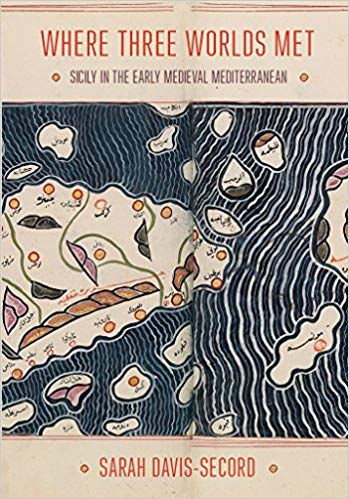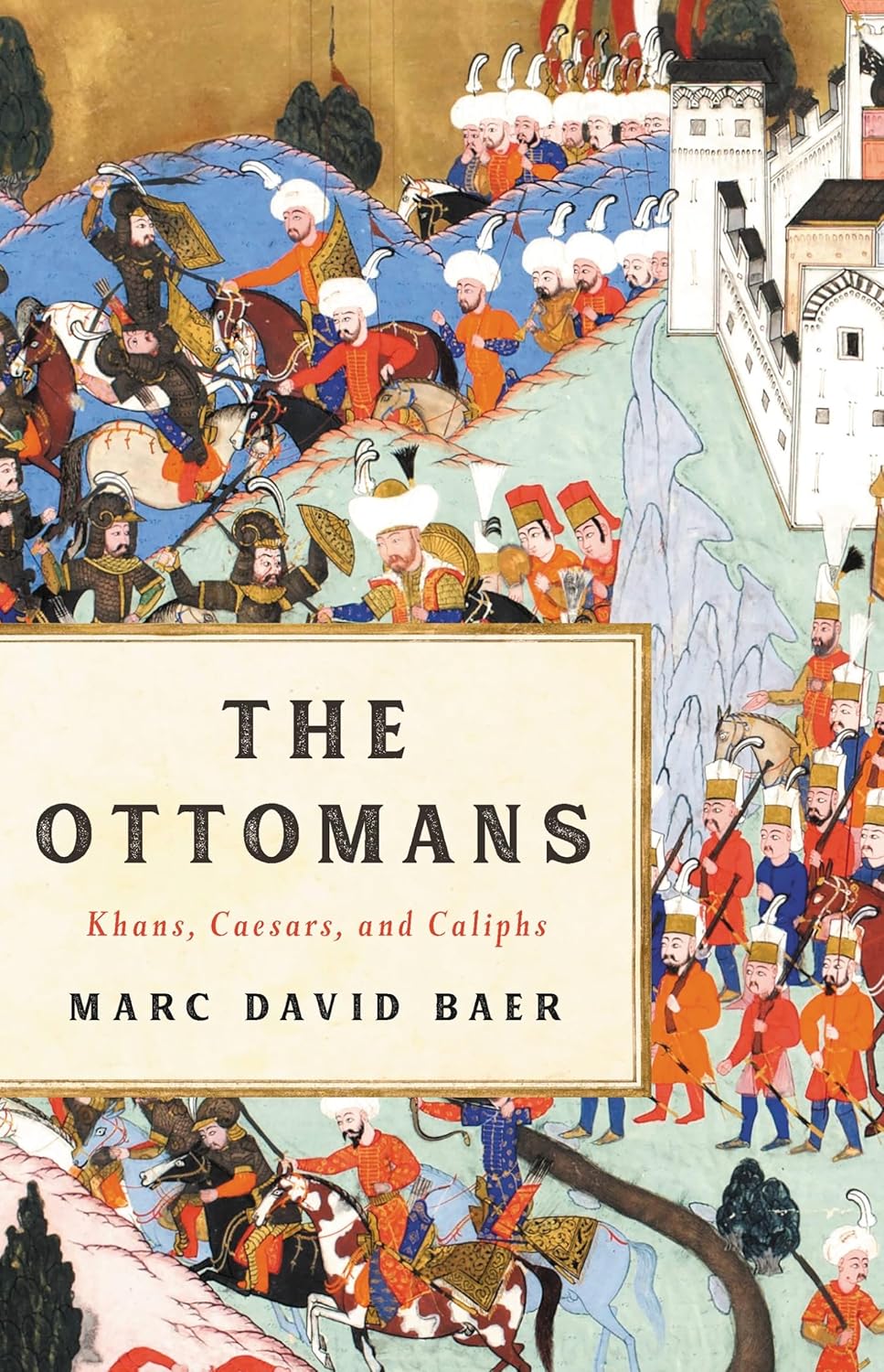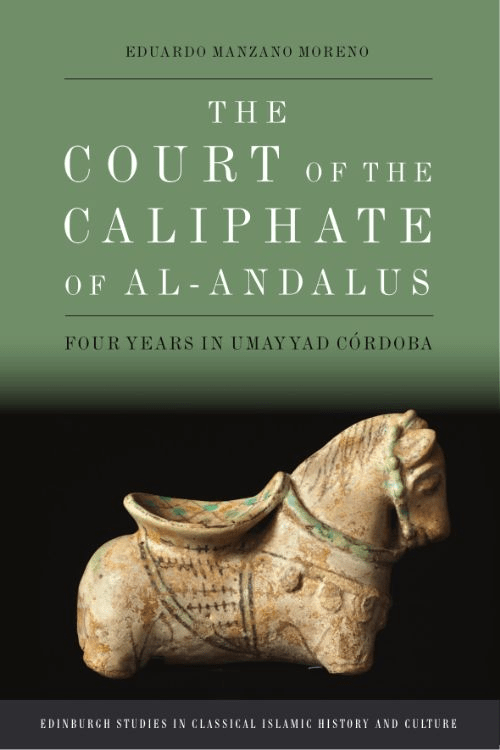
Where Three Worlds Met: Sicily in the Early Medieval Mediterranean
Robert W. Lebling
Sarah Davis-Secord
2017, Cornell UP, 978-1-5017-0464-2, $59.95 hb.
Sicily lies in the middle of the Mediterranean, off the toe of Italy. Its most prominent physical feature is Mount Etna, whose eruptions have produced the rich soil that make Sicily a breadbasket for the region. Sicily’s role in history remains elusive, in part because of its paradoxical nature as a central island and as a boundary zone between cultures. Conquered many times over the centuries, it boasts a rich cultural and ethnic legacy to augment its agricultural bounty. The author’s primary interest is to probe the island’s role as a trade and travel nexus of the medieval Mediterranean. She illuminates both the intrinsic importance of Sicily and also the roles it played in larger transformations of the Mediterranean Basin. The book focuses on travel records and medieval historians’ details on trans-Mediterranean communication—commercial, diplomatic, military and cultural. Three periods of rule are highlighted: by Byzantium (sixth–ninth century); by Islamic North Africa (ninth–11th century); and by the Latin Normans (11th–12th century), when Muslim-Christian trade experienced its greatest flourishing in the Mediterranean.
You may also be interested in...

Ottoman Origins, European Echoes
A bold reframing of how Ottoman governance shaped European ideals before Europe claimed them.
New Perspective Offered in The Court of the Caliphate of al-Andalus — Our Book Review
Author Eduardo Manzano Moreno gives life to a court scribe’s observations of Córdoba to offer a rarely explored view of the era